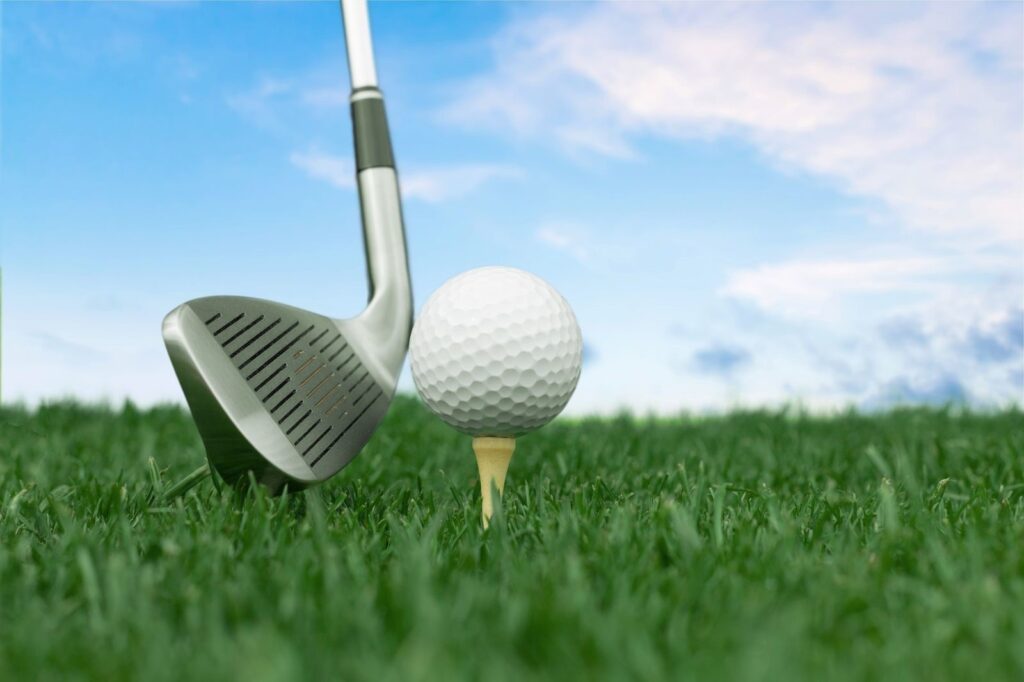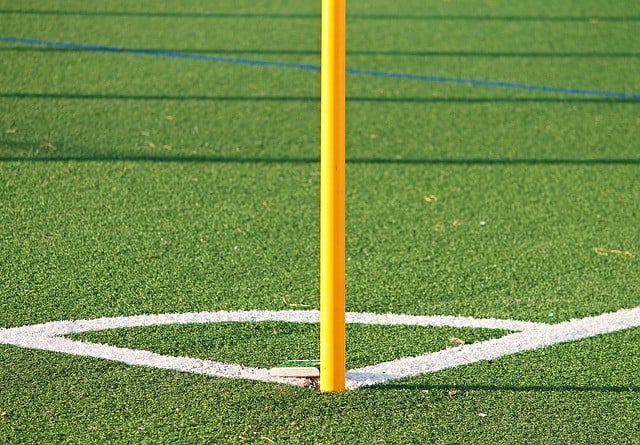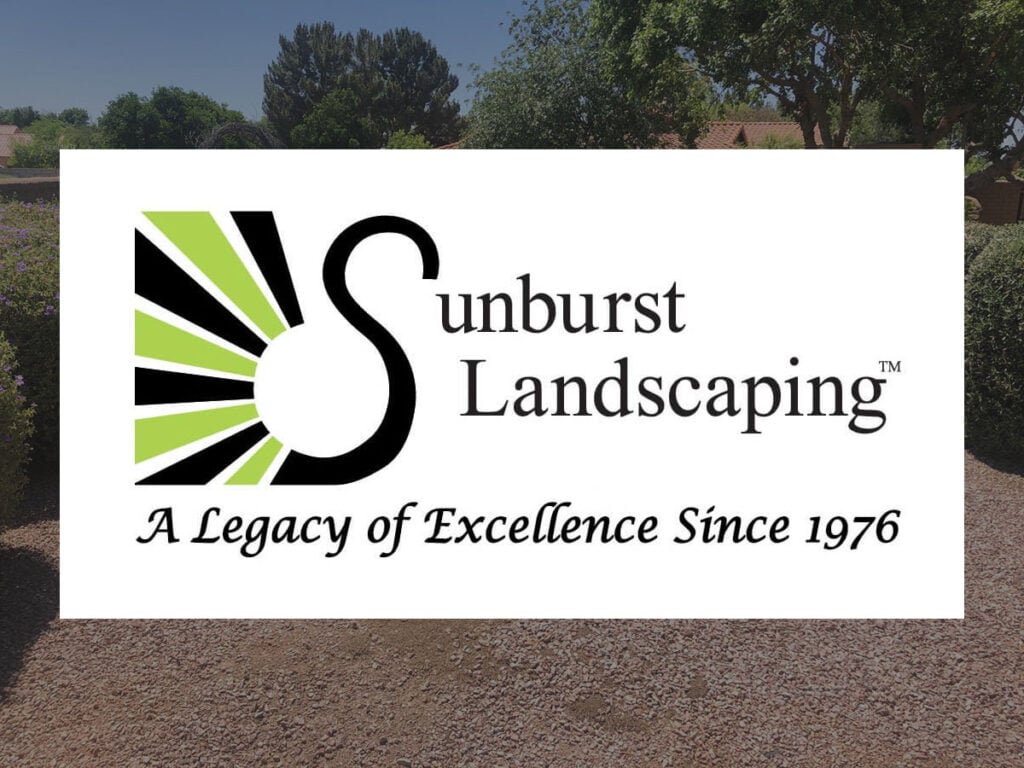Football and golf are among the favorite sports in the U.S., and both require large playing areas, especially golf. These playing surfaces dot the landscapes of the country, from small-town high schools, to big-city stadiums, to challenging golf courses from coast to coast.
A lot of athletes display their talents and depend on such surfaces to excel in their sport. High schools alone have more than one million football players throughout the U.S.
Golfers—whether hackers or scratch—number 25 million, according to Golf Link. More so than even football, golf requires an immense amount of space to play. Indeed, the late comedian, George Carlin, joked with some veracity decades ago that golf courses in the U.S. had reached the size of two Rhode Islands and one Delaware.
While these sports are enjoyed by many, they are also under fire for their environmental impacts, especially since their endless acres of natural grass demand millions of gallons of water each year as well as gallons of toxic fertilizers and pesticides. As a result, more owners and managers of these fields are deciding to nix real grass, which is also reaping financial benefits for these proprietors.

Resilience to Weather Means More Playing Time
Compared to natural grass that erodes or freezes during fall and winter, and then wilts to nearly nothing during dry seasons, artificial turf remains green and playable year-round. Artificial grass therefore allows more field time for games and practices throughout the year. Many sports organizations consider it a wise investment as a result—fewer shuffled schedules for postponements and more usage overall. Weather does not cancel play or practice as it would with real turf. Players and coaches especially enjoy the latter advantage because it allows more time for players to hone their craft. Practice does make perfect, after all.
Fewer Injuries
Moreover, football statistics indicate that the modern artificial turf results in fewer injuries to athletes than real grass. Its consistent flex or pliancy in all weather conditions facilitates fewer scrapes, bruises, sprains, and injuries overall than the inconsistent and sometimes unflexing nature of real turf. Football players express a preference for landing on artificial turf when tackled or having to tackle each other.
Significant Decrease in Expenses
Artificial turf greatly decreases utility costs. Water bills dip immediately once synthetic grass replaces natural grass. Golf courses especially enjoy a tremendous reduction in their water bills because artificial grass requires next to nothing in terms of water or irrigation. The savings are almost as significant when a stadium or complex hosts two or three football fields for multiple games.
Besides saving on energy costs, artificial grass eliminates huge expenses on field maintenance equipment and repairs to such apparati. An artificial grass carpet can therefore contribute to greater profits for sports organizations, golf courses, and school districts or parks departments.
Reduce Environmental Effects
Artificial turf leaves a much smaller ecological footprint than real grass. First, synthetic landscapes decrease water consumption, which aids water conservation in a time when reservoirs and aquifers in many regions are becoming stressed.
Besides draining water resources, real grass requires large quantities of fertilizer and pesticides to keep them fresh and green. Many of these chemicals contain contaminants that leach into not only stormwater (i.e., rivers and sea) but eventually into groundwater. Modern artificial grass is non-toxic and remains green without fertilizers. Hence, artificial turf can diminish pollution otherwise wreaked by real turf.
Artificial grass consequently sheds a conscientious light on operations that use it. Communities surrounding such fields tend to support and welcome such environmentally conscious operations. These neighborhoods also appreciate the evergreen quality of artificial grass and the resulting impact on the general beauty of the vicinity.
Artificial turf proves to present a win-win situation for both community and operator because of its usability, its friendliness to the environment, its reduced rate of injuries to athletes, and its overall beautification of a vicinity. Operators enjoy the additional benefit of fewer costs.
For these reasons, the use of artificial turf for both football and golf is expected to keep trending.
Contact us today to get started.
Sources
Cowboys donate $250,000 for new youth football field in West Dallas, Dallasnews.com
Football Is Top Sport in U.S.: 1,088,158 High School Players, CNSNews.com
How many people play golf in the U.S., GolfLink.com



